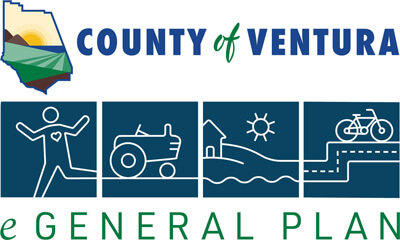The County shall conduct a study and prepare a publicly available assessment of suitable undeveloped lands near electrical transmission and distribution lines that serve as priority areas for the development of utility-scale solar energy generation and storage projects. If suitable locations are identified, the County shall establish a new zone, if necessary, called a Renewable Energy Priority Zone, for these sites in the County’s Coastal and Non-Coastal Zoning Ordinances.
2020-2025
COS-P Study to Demonstrate Energy and Greenhouse Gas (GHG) Savings
The County shall conduct a study that demonstrates the energy and greenhouse gas (GHG) savings of the options identified in Implementation Program COS-R using modeled building prototypes. To satisfy state regulatory requirements for Energy Reach Code adoption, the study shall also demonstrate long-term cost savings of the options through a life-cycle cost analysis that considers the initial costs of efficiency improvements offset by utility bill cost savings and other relevant factors.
COS-Q Incentives for Development of Renewable Energy Projects
To incentivize the development of the Renewable Energy projects, the County shall consider waiving permit fees for renewable energy generation or storage projects.
COS-R Performance-Based Building Code for Green Building
The County shall maintain and update as needed the Building Code to establish performance-based standards that incentivize green building techniques.
COS-S Building Code Update
The County shall update the Building Code to include a mandatory Energy Reach Code.
COS-U Solar Canopies in Non-Residential Projects
The County shall amend the County’s Coastal and Non-Coastal Zoning Ordinances to require parking lots for new non-residential construction projects, with floor area of greater than 50,000 square feet, to include solar canopies.
